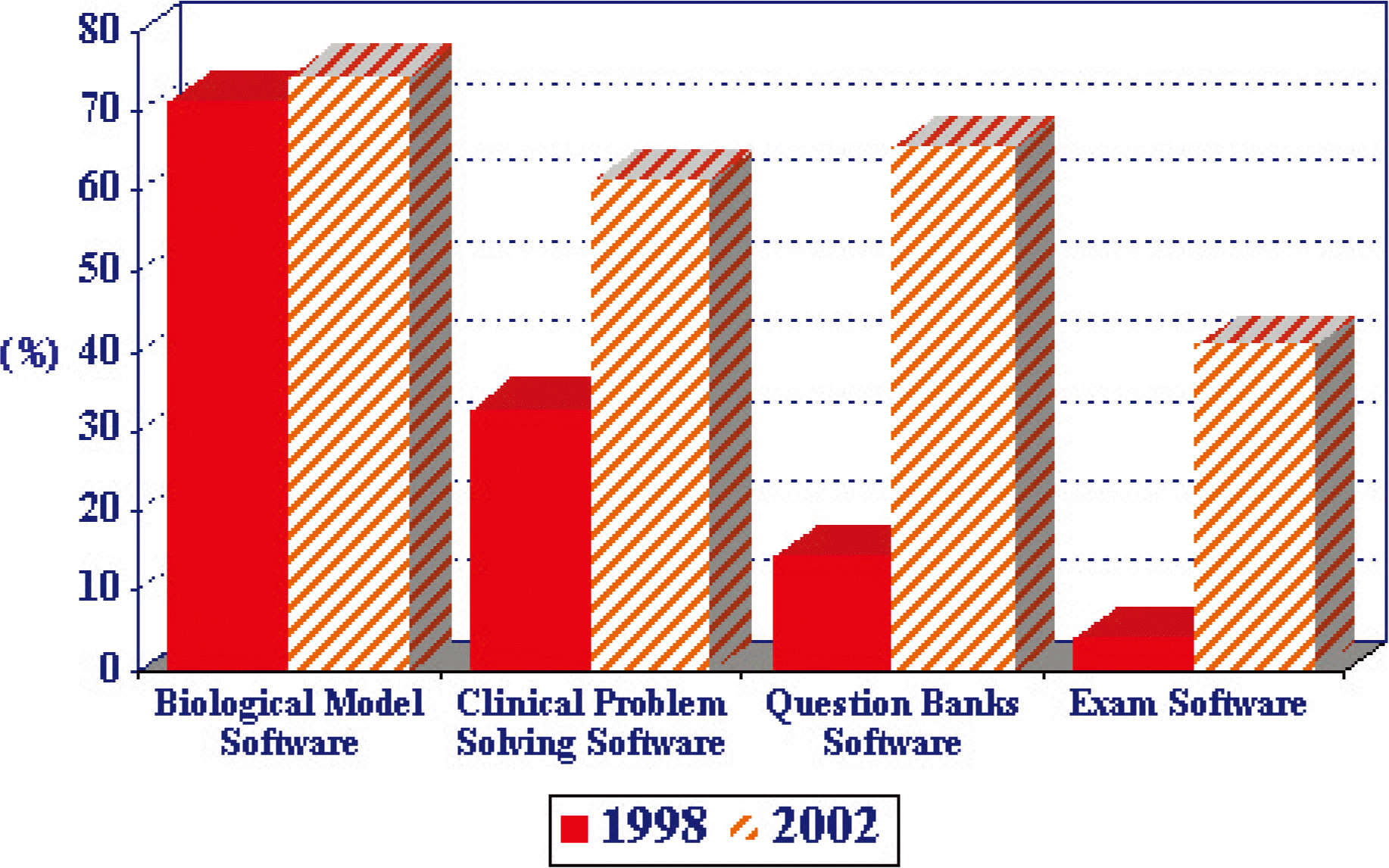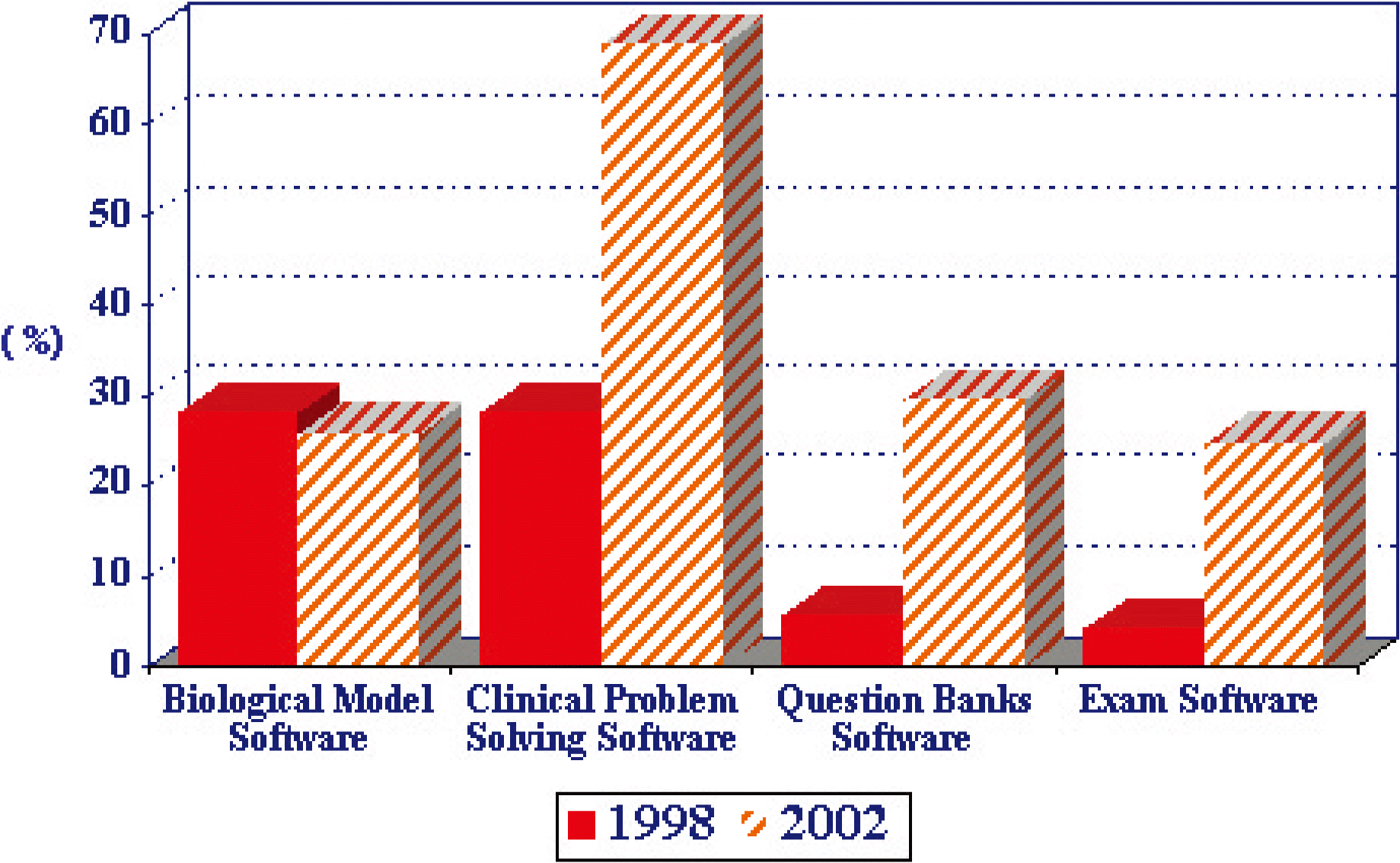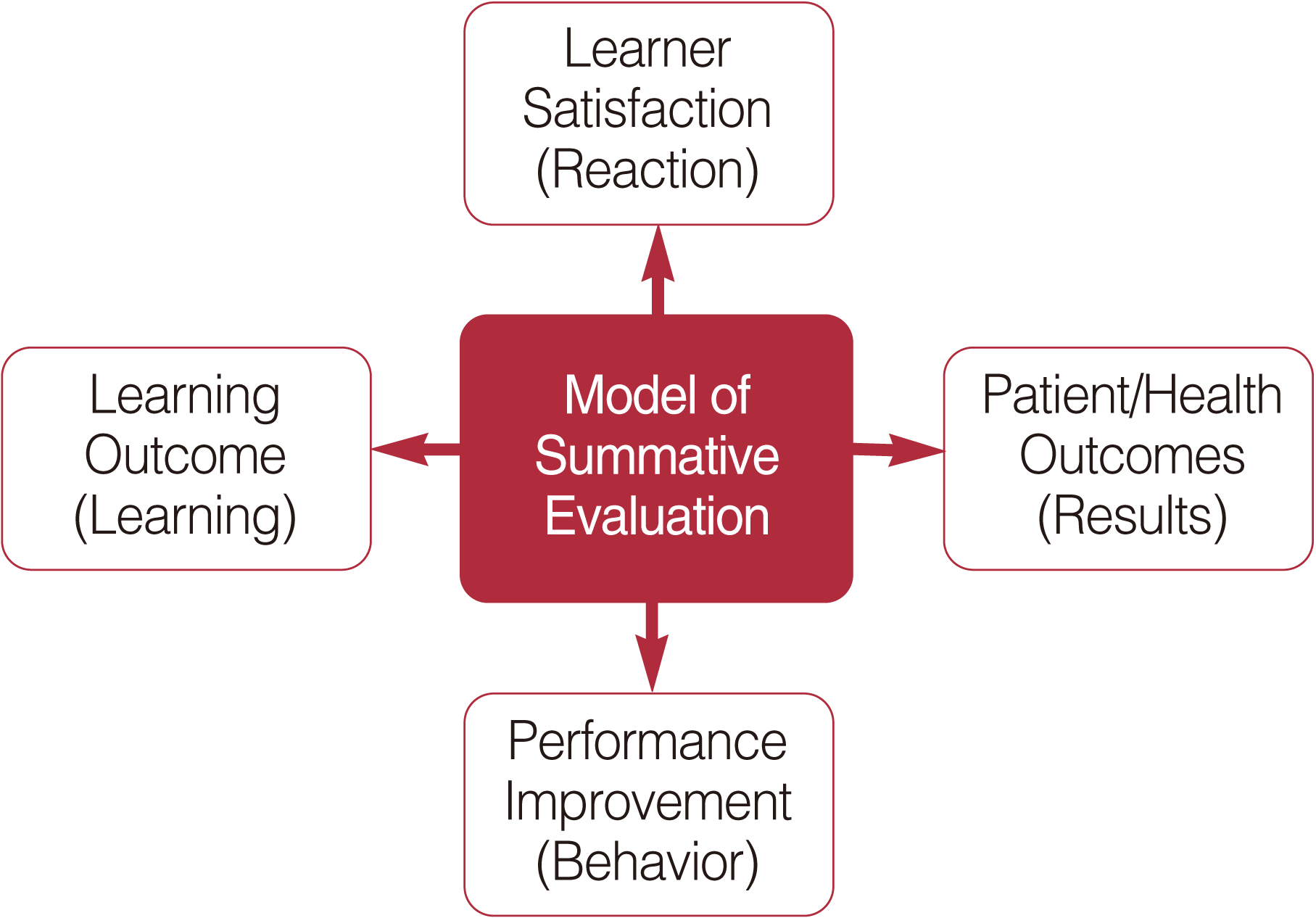INTRODUCTION
What is an effective approach to integrating technology into pre-clinical vs. clinical training?
What evidence exists regarding the type and format of e-learning technology suitable for medical specialties and clinical settings?
Which design features are known to be effective in designing on-line patient simulation cases, tutorials, or clinical exams?
What guidelines exist for determining an appropriate blend of instructional strategies, including on-line learning, face-to-face instruction, and performance-based skill practices?
What is the Current Trend of e-Learning in Medical Education?
Technology is Here to Stay: Do We Know What Works?
Pre-determined Desired Themes: Students’ input that matched instructor’s learning goals and objectives for individual video segment.
Student-initiated Acceptable Themes: Positive comments offered by students that are indirectly related to learning goals and objectives.
Pre-determined Undesired Themes: Students’ input contradictory to learning goals and objectives.
Student-initiated Unacceptable Themes: Comments that are not acceptable, such as comments that display unprofessional behaviors on a student’s part.
Table 1.
What is the Role of Technology in New Competency-Based Training?
Patient-centered communication skills
Competency in providing culturally sensitive care
Exhibiting professionalism in all aspects of a physician’s life
Exercising evidence-based decision making
Patient safety/medical error reduction
Inter-professional team care
Life-long learning
Continuous self-assessment
Improving practice performance
Evidence-based critical thinking and clinical reasoning




 PDF
PDF Citation
Citation Print
Print





 XML Download
XML Download